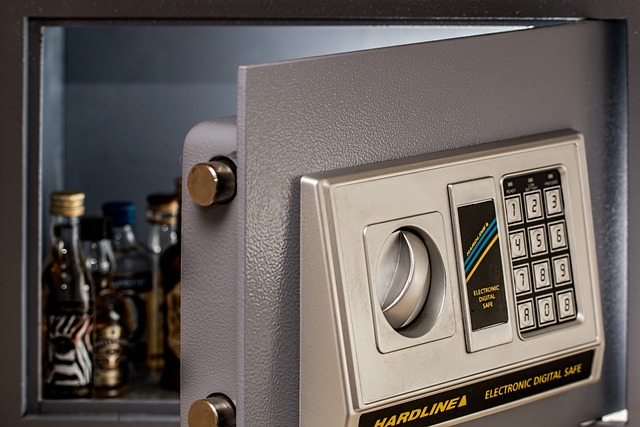Safe Installation Guide for Home Security and Theft Protection
Installing a safe is one of the most practical steps you can take to improve home security and protect valuables from theft, fire, and accidental loss. A correctly chosen and properly installed safe offers physical resistance and peace of mind, but the effectiveness depends on size, location, anchoring, and how it integrates with other home protection measures. This guide explains how to select, place, install, and care for a safe to strengthen overall security at home.

Which safe fits your home needs?
Selecting the right safe begins with defining what you need to protect. Document-sized paperwork, small valuables, firearms, and digital backups each have different size, fire-resistance, and locking mechanism needs. Consider certified ratings for fire and burglary resistance where applicable, and whether you prefer a mechanical dial, electronic keypad, or biometric lock. Weight and internal configuration (shelves, compartments) affect where and how the safe will be mounted. Balance capacity and protection against available space in your home and insurance requirements.
How does a safe improve security?
A safe provides a physical barrier that delays or prevents unauthorized access. In many theft scenarios, opportunistic burglars will abandon attempts when faced with a heavy, bolted safe because it increases time and risk. Safes also help secure items during short-term incidents like smash-and-grab or during the rare civil disturbance. To maximize effectiveness, combine a safe with layered security: alarms, reinforced doors, exterior lighting, and secure windows. A safe is most useful when it complements a broader home security strategy rather than serving as the only measure.
Where to place a safe for protection?
Placement matters as much as the safe itself. Concealment can reduce discovery risk, while strategic visibility (such as in a locked closet) may reduce vulnerability to targeted theft if the safe is bolted down. Popular locations include ground-floor closets, utility rooms, basements on concrete slabs, or hidden behind built-in cabinetry. Avoid easy targets like the master bedroom floor where thieves often search first. If bolting to a floor, ensure the underlying material—concrete or reinforced subfloor—can handle anchor bolts. Consider environmental risks such as flooding when choosing a spot.
How does installation reduce theft?
Secure installation converts a temporary deterrent into a long-term barrier. Anchoring a safe to a concrete slab or reinforced framing prevents quick removal. Proper anchoring hardware and methods differ for concrete, brick, or wooden floors/walls; follow manufacturer instructions and, when in doubt, consult a professional installer. Door swing and clearance should be planned so the safe is not awkward to use, reducing the temptation to leave it unlocked. For firearms, follow all legal requirements and consider separate locking devices or safes designed specifically for them.
What maintenance keeps a safe secure?
Routine checks extend a safe’s lifespan and effectiveness. Inspect locking mechanisms for wear, lubricate moving parts with manufacturer-recommended products, and test combination changes or battery life for electronic locks. Ensure door seals remain intact for fire-rated safes and check for rust or moisture that could compromise contents. Keep an updated inventory of stored items and copies of important documents in alternate secure locations or encrypted digital backups. Record serial numbers and model information in a secure file outside the home for insurance purposes.
Conclusion
A well-chosen and correctly installed safe strengthens home security and reduces the risk of theft, but it is not a standalone solution. Thoughtful selection based on what you store, careful placement to balance concealment and practicality, secure anchoring, and ongoing maintenance are all essential to getting the intended protection. Integrating a safe into a comprehensive home security plan—along with alarms, lighting, and good habits—provides a measured, resilient approach to safeguarding valuables.






